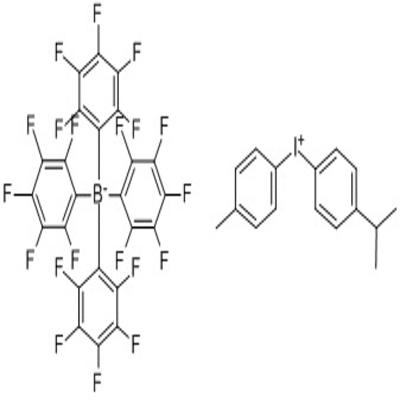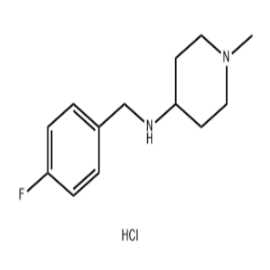-
Categories
-
Pharmaceutical Intermediates
-
Active Pharmaceutical Ingredients
-
Food Additives
- Industrial Coatings
- Agrochemicals
- Dyes and Pigments
- Surfactant
- Flavors and Fragrances
- Chemical Reagents
- Catalyst and Auxiliary
- Natural Products
- Inorganic Chemistry
-
Organic Chemistry
-
Biochemical Engineering
- Analytical Chemistry
-
Cosmetic Ingredient
- Water Treatment Chemical
-
Pharmaceutical Intermediates
Promotion
ECHEMI Mall
Wholesale
Weekly Price
Exhibition
News
-
Trade Service
6-(Trifluoromethyl)pyridazine-3-carbaldehyde, commonly referred to as TR-654, is an important intermediate chemical in the pharmaceutical industry.
It is used in the production of various drugs for the treatment of conditions such as cancer, influenza, and bacterial infections.
The synthesis of TR-654 involves several steps, including the reaction of 2-aminopyridine with trifluoromethanesulfonyl chloride and subsequent dehydration to form the aldehyde.
The synthesis of TR-654 is typically carried out in a laboratory setting, with the assistance of trained chemists.
However, the demand for TR-654 has led to the development of larger-scale synthesis methods, including those utilized in the chemical industry.
These methods allow for the production of larger quantities of TR-654 at a lower cost, making it more accessible for use in the pharmaceutical industry.
In the chemical industry, the production of TR-654 is typically carried out using a variety of methods, depending on the scale of production and the desired purity of the final product.
One common method is the nucleophilic substitution reaction, in which TR-654 is reacted with a nucleophile, such as sodium hydroxide, to form a new compound.
This method is useful for the production of large quantities of TR-654, but may not provide the desired level of purity.
Another method commonly used in the chemical industry is the reduction of the TR-654 aldehyde group using a reducing agent, such as lithium aluminum hydride.
This method is effective for the reduction of the aldehyde group and can provide a higher level of purity in the final product.
However, it may not be as efficient as other methods for larger-scale production.
Still another method for the production of TR-654 in the chemical industry is the reaction of 2-aminopyridine with trifluoromethanesulfonyl chloride in the presence of a catalyst, such as pyridine.
This method is effective for the synthesis of TR-654 and allows for the reuse of the catalyst, making it a cost-effective option for large-scale production.
In addition to these methods, there are several other approaches that have been developed for the production of TR-654 in the chemical industry.
These include the use of microwave irradiation, transition metal catalysts, and organocatalysts, among others.
These methods offer a range of advantages, including increased efficiency, improved yield, and reduced cost, making them attractive for large-scale production in the chemical industry.
Overall, the production of TR-654 in the chemical industry is a complex process that requires the use of specialized equipment and skilled personnel.
However, with the development of new methods and technologies, the synthesis of TR-654 has become more efficient and cost-effective, making it an important intermediate chemical in the pharmaceutical industry.







